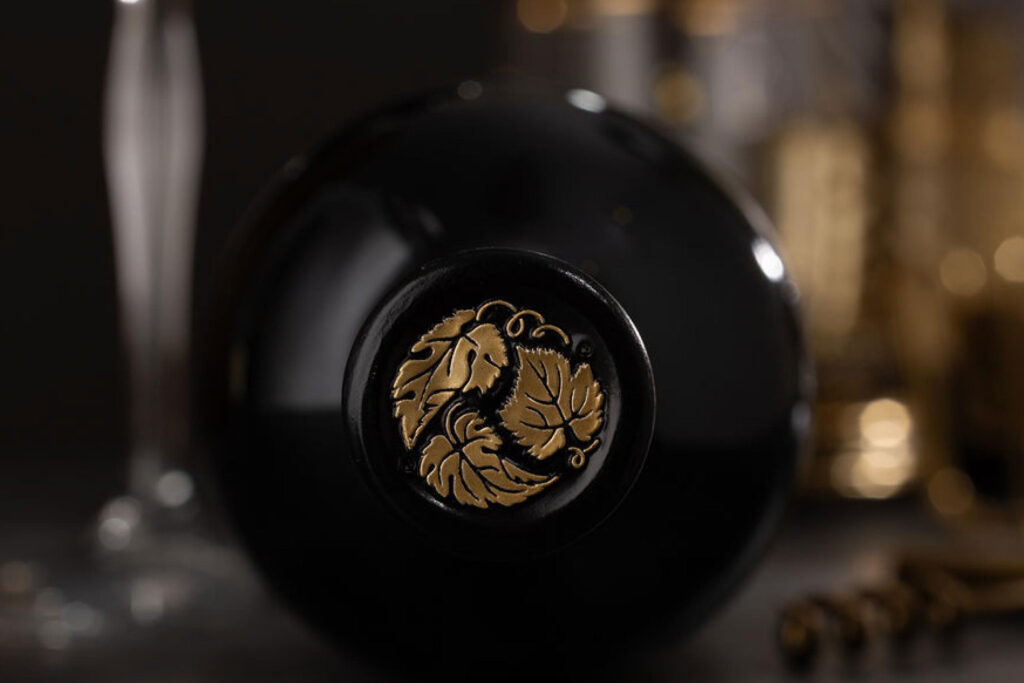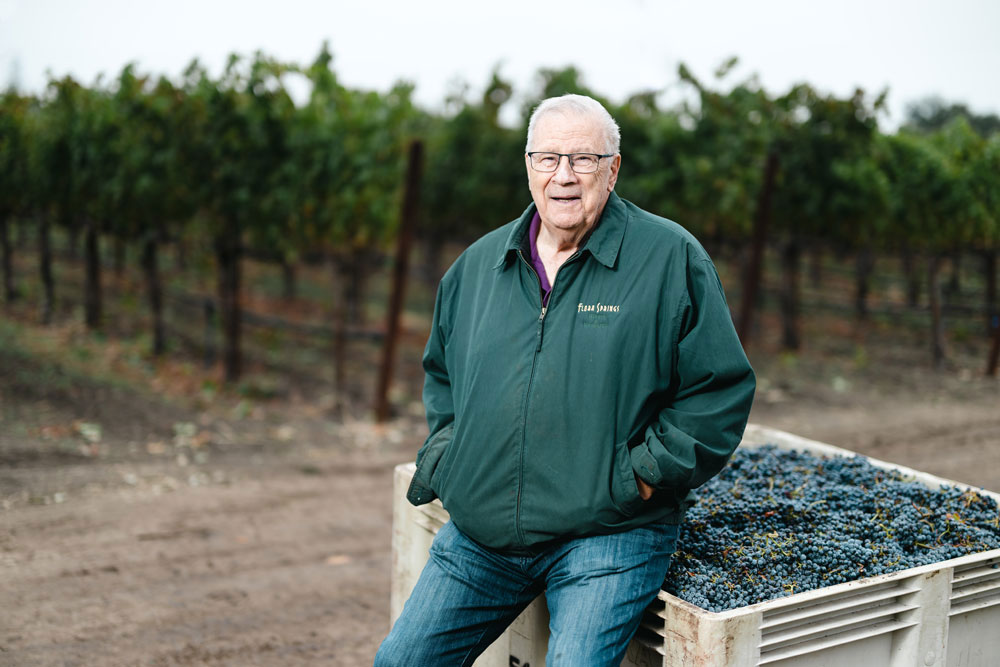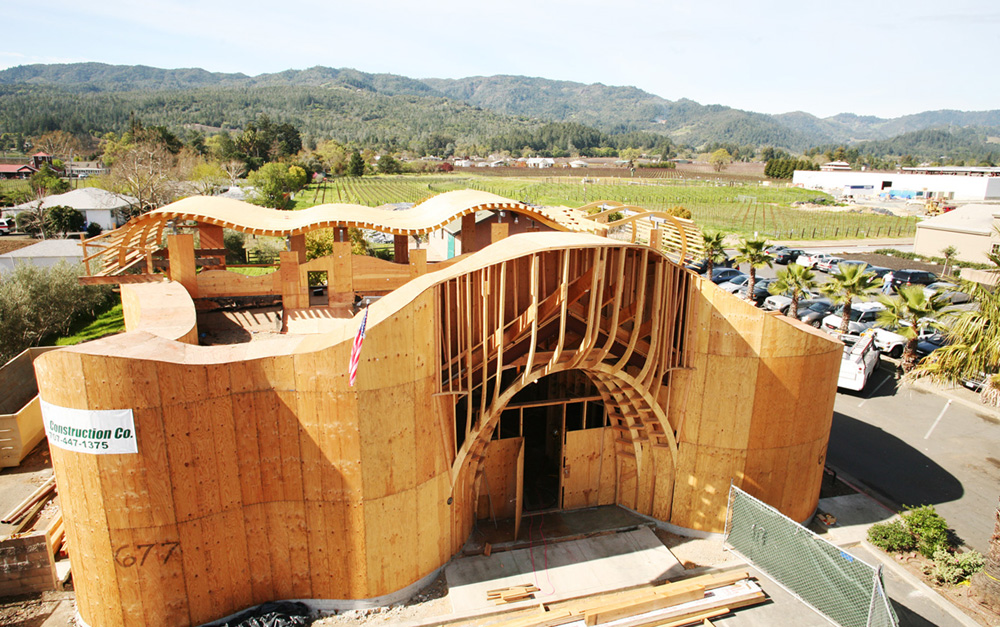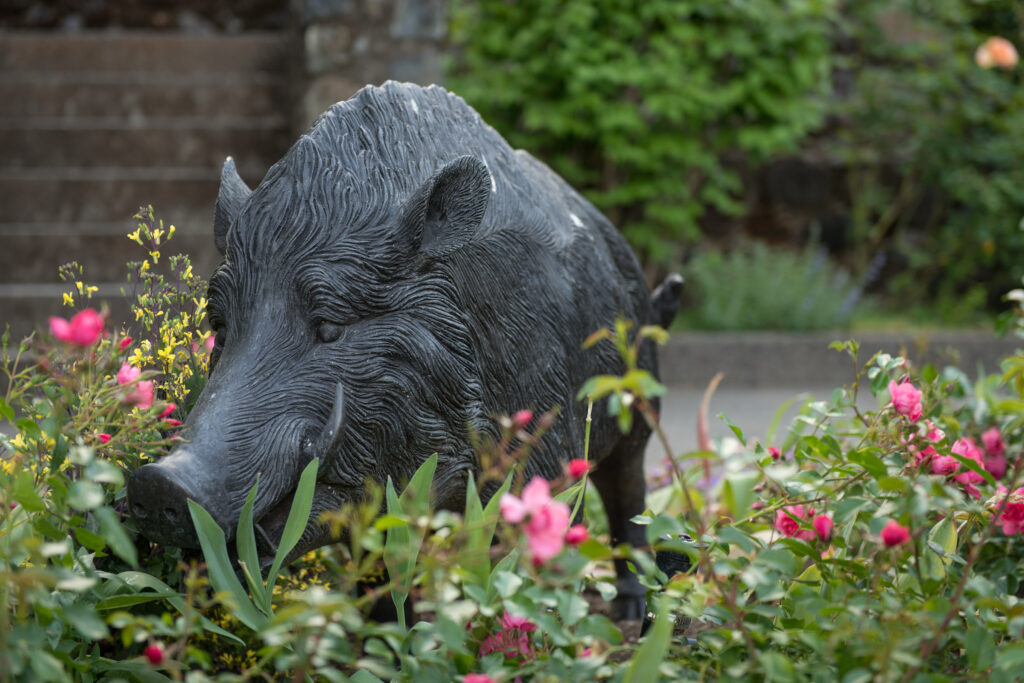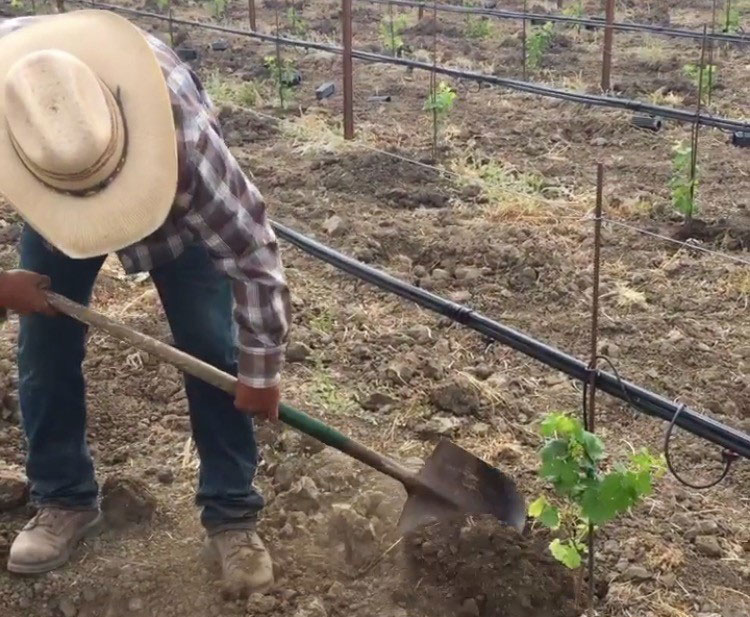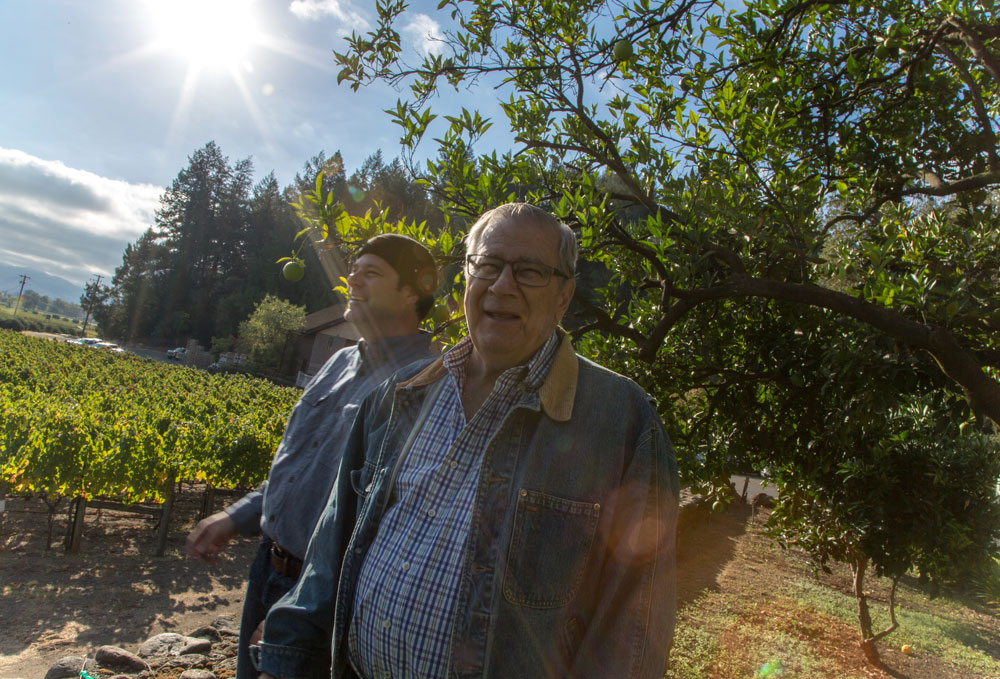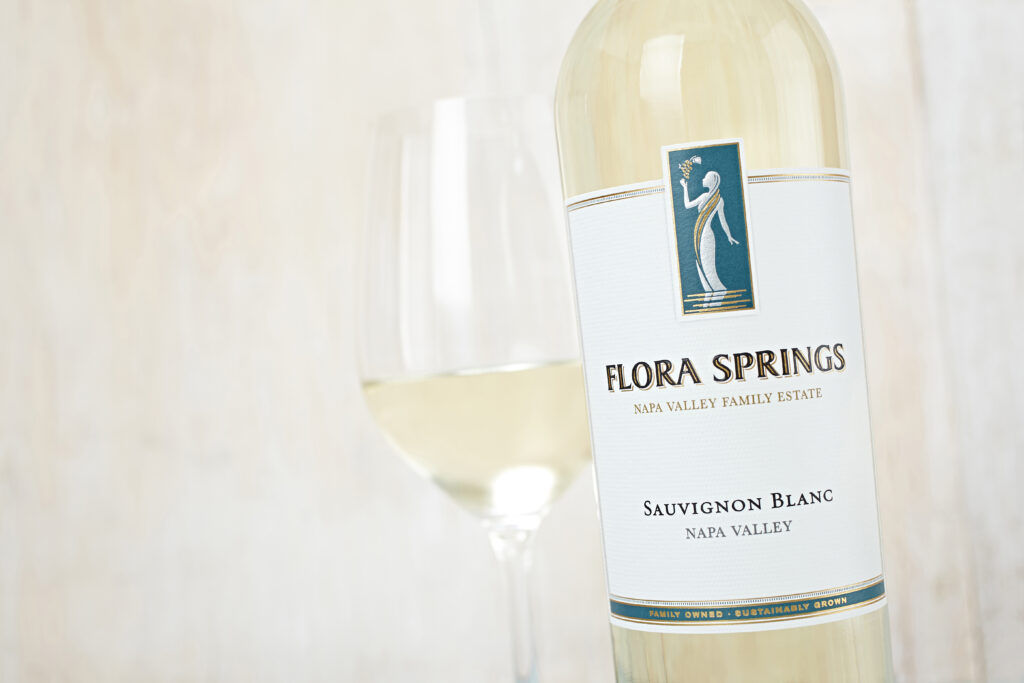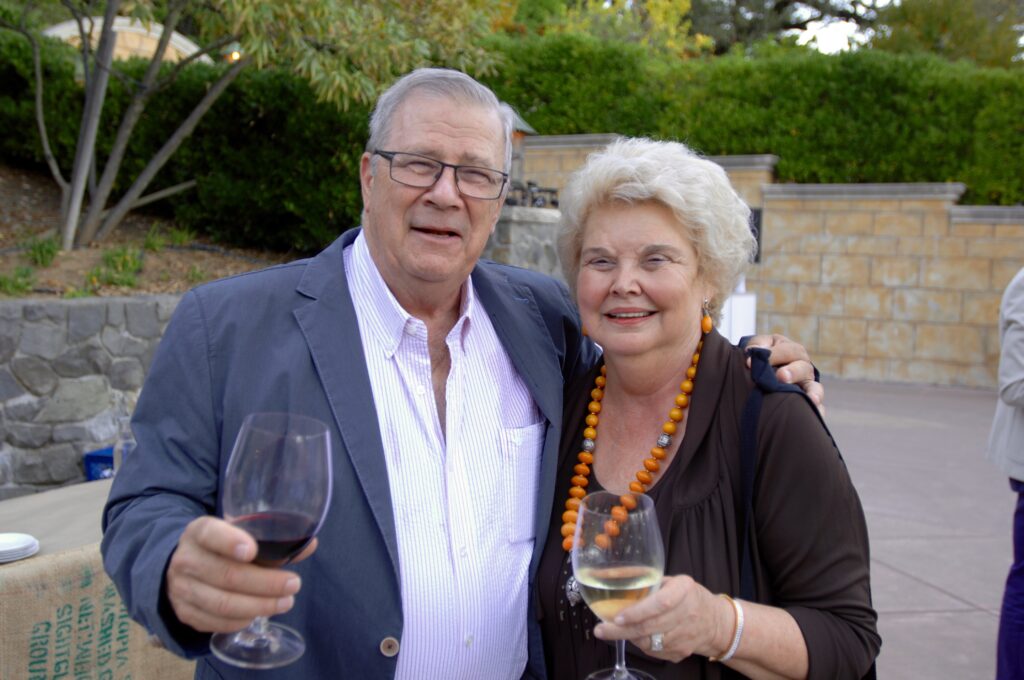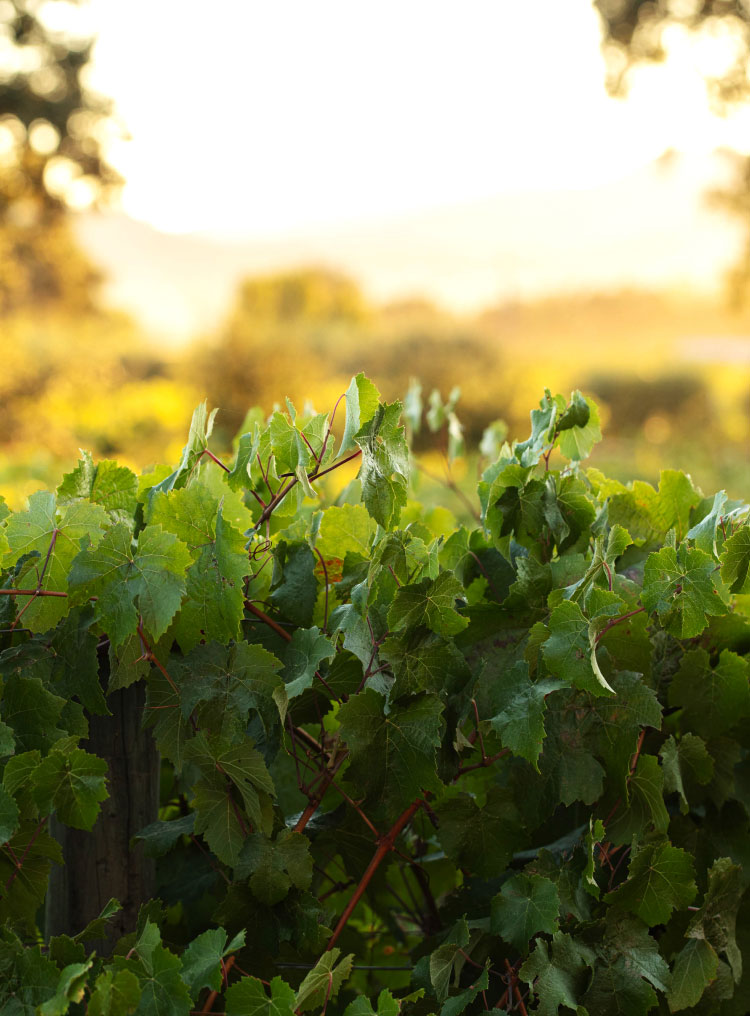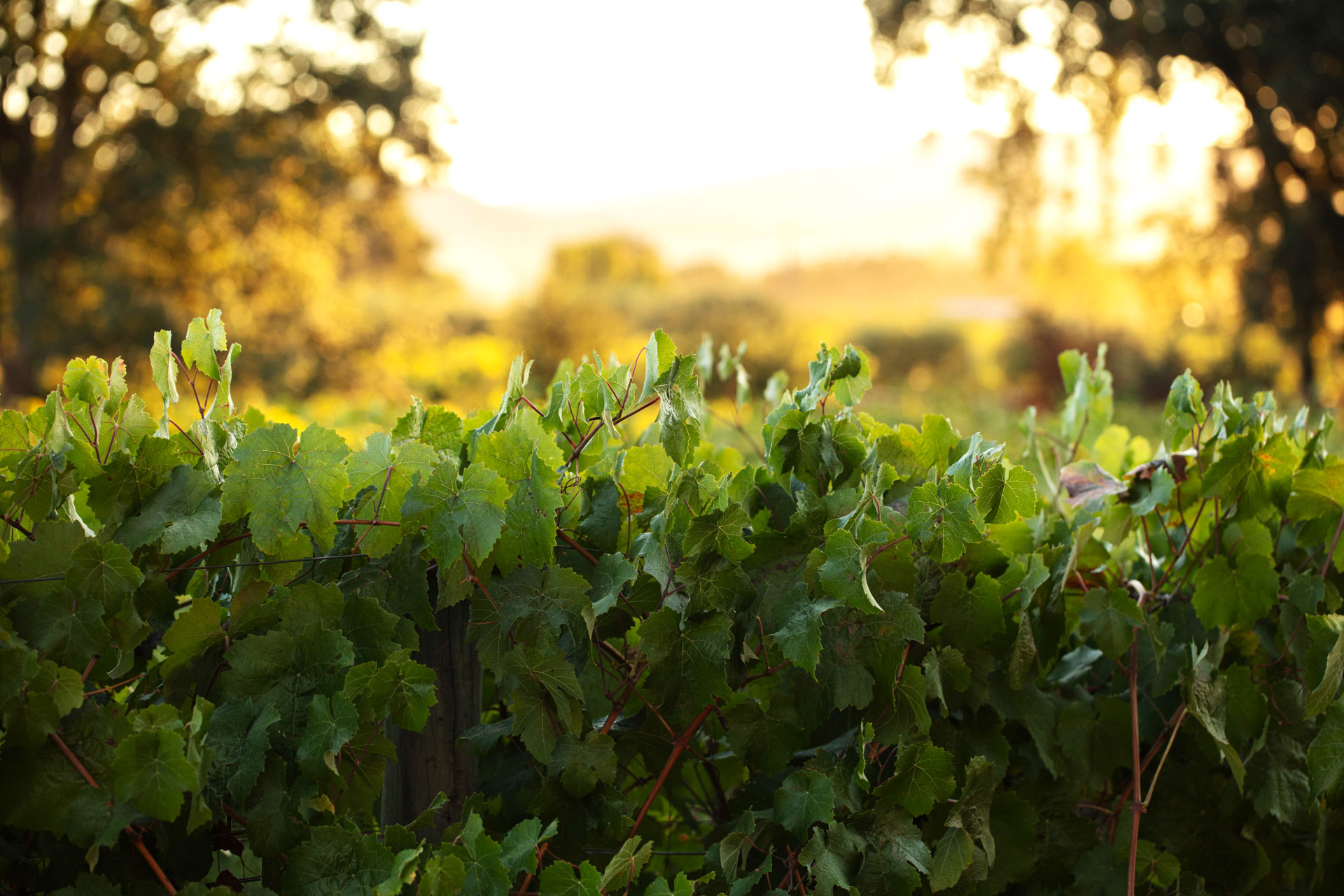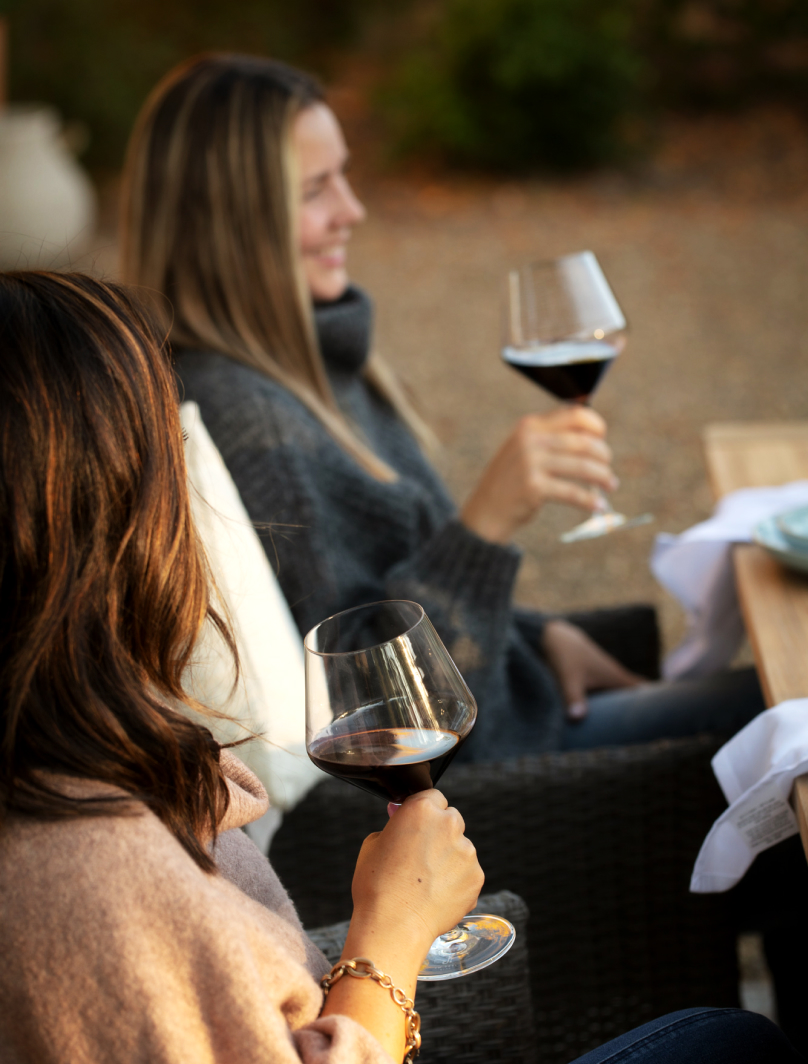By John Komes
January 26, 2024
Advancing The Legacy: Introducing 2021 Trilogy
November 7, 2022
John Komes on His 44th Napa Valley Harvest
January 28, 2021
A Tasting Room for the Senses
January 24, 2018
How Did Wild Boar Cabernet Sauvignon Get Its Name?
July 21, 2017
Vineyard Update by John Komes
June 7, 2017
The Unforgiving 4th Quarter by John Komes
May 2, 2017
Affordable and Appropriate by John Komes
April 24, 2017
